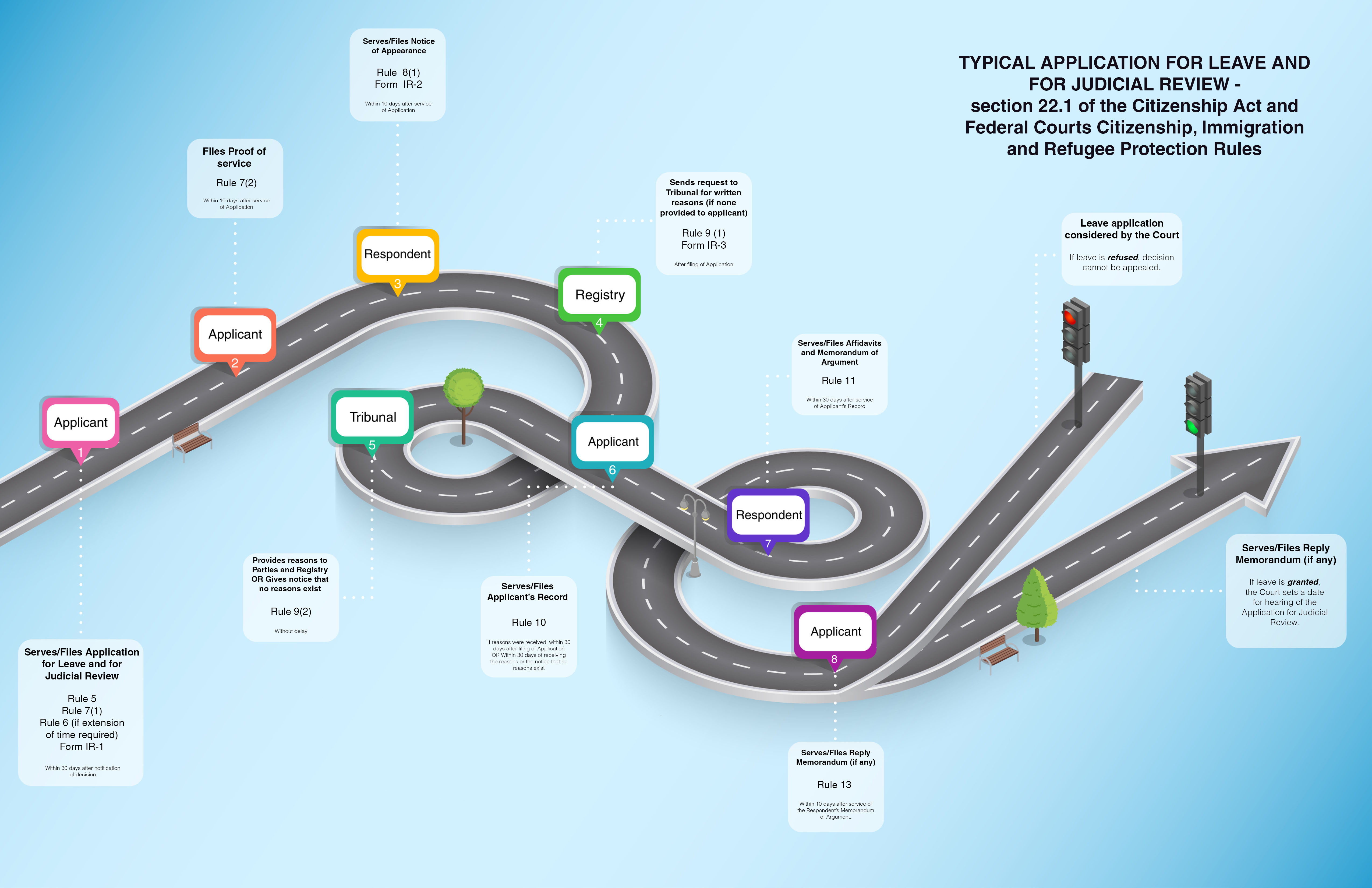Introduction
So, your citizenship application has finally been approved, a moment you’ve been waiting for years. If, like me, you had to file a mandamus application before the Federal Court to push Immigration, Refugees and Citizenship Canada (IRCC) to act, you may now be wondering what to do with that pending court case.
The answer is simple: you need to file a Notice of Discontinuance. In this post, I’ll walk you through the entire process. I’ve done it myself, and I’ll also provide downloadable templates you can use and edit directly.
Why You Need to Discontinue the Mandamus
Once IRCC has finally made a decision on your file your judicial review (mandamus) becomes moot. The Court won’t automatically close the case. It’s your responsibility, as the applicant, to inform the Court that you no longer wish to proceed.
This is done through a short, formal document called a Notice of Discontinuance, which tells the Court that you’re voluntarily withdrawing your application. Think of it as officially closing the case.
Fill the Notice of Discontinuance
First, you need to fill out and sign the Notice of Discontinuance form, download a copy of the Notice of Discontinuance here and replace the highlighted text with your personal informations (case number, full name, address etc..).
Once you’ve signed the form, the next step is to file the notice with the Court, but before submitting the notice to the Court, you are expected to prove that you actually sent it to the respondent (DOJ). This is where the Affidavit of Service comes in.
Serving the Notice to the Federal Court
There’s some conflicting advice on this topic. Some people say that for a discontinuance, an affidavit of service isn’t strictly necessary. Personally, I contacted the Federal Court registry, and they informed me that the affidavit of service is required and must be notarized. My recommendation is to call your local Federal Court registry and confirm whether the affidavit of service and notarization is required.
I’ve written a dedicated guide on how to fill an affidavit of service and submit your document (in our case, the Notice of Discontinuance) to the Federal Court. You can find it here, follow it, and you’ll be on the right track.
What’s next?
Once you’ve submitted your Notice of Discontinuance and received the acceptance email, your case will be officially closed. You can check the status of your case online here (select “Search by court number” and type your case number “T-****-**”) or by calling the Federal Court registry directly.
